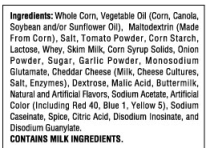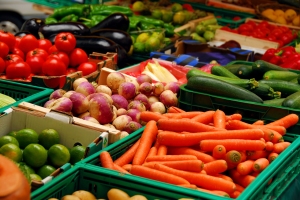In a new country, finding food that you are used to can be difficult. New immigrants in London often do not have access to information regarding grocery stores where they can get foods of their choice. Certain vegetables, fruits, and special spices are especially difficult to find in regular western grocery shops. This can make preparing the food you want difficult, and can cause new residents of a country to turn to pre-packaged food, or be unhappy with their diet. If you are able to find the foods that you want, then you will be in a better position to eat healthy.
Individuals from different countries in Africa have a wide range of diets. If you don’t know where to look, it can be difficult to find traditional African foods in London. Many staples of African diets are very nutritious and should be included in your diet, while fried food and sweets should be kept to a minimum. Below is a link posted containing a list, locations, and phone numbers for African grocery stores in London:
Many items found in African diets can also be found in Canadian grocery stores, so make sure to check thoroughly to find the best location to buy your food. In our upcoming posts, we will be providing information on where to find other international food in London. Let us know if you know of any other places to find African foods in the comments section below!
Follow us on twitter @Nutrition4uMPH and on Instagram @Nutrition4uLondon






